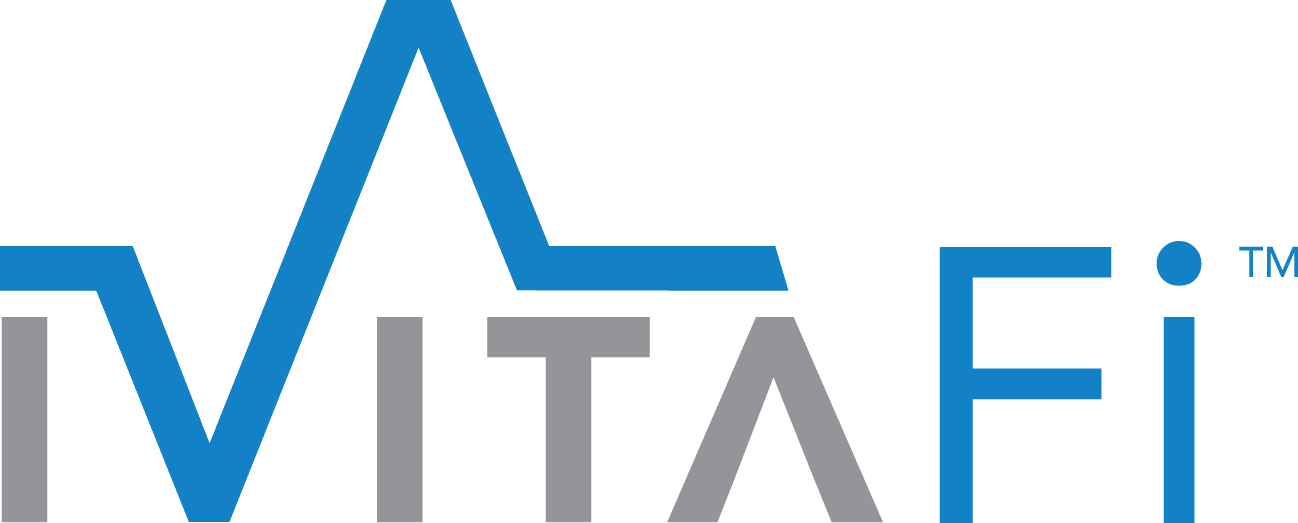Collecting timely payments from self-pay accounts presents one of the core revenue cycle challenges for hospitals. Healthcare organizations should consider a new approach to meeting this challenge, involving non-recourse patient financing and digital payments.
Improving healthcare providers’ ability to collect timely payments from self-pay patients involves addressing several challenges. Crowe’s research underscores the impact of factors such as high-deductible health plans, health savings accounts, and Affordable Care Act ‘metal’ plans, contributing to rising out-of-pocket medical expenses and resulting in delayed or insufficient payments. Beyond financial difficulties, patients now compare their healthcare financial experiences with those in other industries. A survey by Bank of America reveals that the absence of digital statements and electronic payment options further discourages patients from settling their bills promptly.
Recognizing the limitations of conventional billing methods highlights the compelling need for adopting patient financing and digital payment solutions. These innovative approaches not only address patients’ specific needs but also possess the potential to significantly boost revenue collection for healthcare providers.
Through the implementation of extended payment plans and the integration of digital payment systems, healthcare organizations can markedly enhance patient financial engagement. This transformative shift not only offers convenient and transparent payment alternatives but also aligns seamlessly with consumer expectations and prevailing trends. Navigating this transformative landscape emphasizes the convergence of patient-centricity and financial efficiency as a pivotal driving force for the future of healthcare billing.
Shortcomings of In-house payment plans and paper-based transactions
The predominant methods employed to assist patients in managing healthcare expenses—namely, in-house payment plans and paper-based transactions—suffer from inherent flaws that not only generate dissatisfaction among consumers but also pose challenges for healthcare providers.
The Limitations of In-house Payment Plans
- Credit Check Concerns:
- In-house payment plans may require a credit check, posing challenges for patients.
- Failure to meet payment terms can adversely affect patients’ credit, a concern for those with financial difficulties.
- Limited Repayment Terms and Interest Rates:
- Repayment terms and interest rates offered by these plans may not align with patients’ financial needs and preferences.
- This mismatch can contribute to patient dissatisfaction with the provided payment options.
- Financial Risk for Hospitals:
- Extended duration of account balances on the books increases financial risk for hospitals.
- Prolonged wait for full payments can impede providers’ cash flow, causing delayed revenue.
- Administrative Burden:
- Managing in-house payment plans involves an administrative burden.
- Tasks such as tracking and collecting payments demand valuable time and resources.
- Patient Dissatisfaction and Experience:
- Unclear terms in in-house payment plans may lead to patient dissatisfaction.
- This can impact the overall patient experience and loyalty to healthcare providers.
Limitations of Paper-Based Transactions.
- Financial Implications:
- Substantial expenses are incurred in the production, mailing, and processing of paper statements and checks.
- These financial burdens contribute to elevated administrative costs in the healthcare sector.
- Resource Diversion:
- Administrative costs associated with paper-based transactions divert resources that could be allocated to improving patient care.
- Operational Inefficiency:
- Time-consuming manual processes in handling paper transactions hinder the operational efficiency of the healthcare system.
- Patient Dissatisfaction:
- Patients accustomed to modern digital experiences often find traditional paper methods cumbersome and slow.
- This leads to decreased satisfaction and may deter them from making timely payments.
About iVitaFi’s Solutions
Non-Recourse Patient Financing
iVitaFi’s non-recourse patient financing serves as a powerful instrument in removing the financial barriers that often impede patients from accessing essential healthcare services. This innovative financing solution is meticulously designed to provide a range of benefits that not only ease the burden on patients but also contribute to a more efficient and compassionate healthcare system. Your patients can expect:
- Affordable, extended payment plans tailored to individual needs.
- 0% interest throughout the loan period, free from hidden fees.
- Available to ALL credit profiles.
- No hard credit checks.
- Flexibility in adding additional services without increasing monthly payments.
- Easy application process with quick approval.
- Healthcare line of credit available for the entire family.
- Compassionate collections. In the event of patient default, iVitaFi collaborates with the patient to establish a new payment plan, ensuring a supportive and flexible approach instead of resorting to collections.
Digital Payment Solution
At its core, iVitaFi’s digital payment solution is a transformative force that goes beyond mere transactional processes – it fundamentally elevates the entire patient experience. This innovative solution is designed to revolutionize the way patients engage with their healthcare bills, offering a seamless and user-centric approach that enhances satisfaction and convenience.
- Elimination of paper-based transactions for enhanced efficiency.
- Electronic statements and timely communication through various channels, including voicemail, email, and text.
- Multiple payment plan options, including one-time payment, enrollment in a provider payment plan, and 0% financing.
- Choice of payment methods, such as debit, credit, HSA/FSA, or bank payments for seamless transactions.
- Immediate access to billing information and payment history.
Conclusion
The shift towards patient financing and digital payments is not just a technological evolution – it’s a strategic move to align healthcare billing with the needs and expectations of today’s patients. Healthcare providers that embrace these innovations not only enhance patient satisfaction and trust but also significantly improve their revenue collection processes. In this era of transformative healthcare experiences, patient-centric billing is a key driver of success for both patients and providers alike.
Contact iVitaFi today to explore financing solutions and digital payment strategies tailored to your patients. Discover optimal methods for collecting payments efficiently. Additionally, leverage our expertise to conduct a financial analysis, uncovering potential improvement through a non-recourse lending program.

